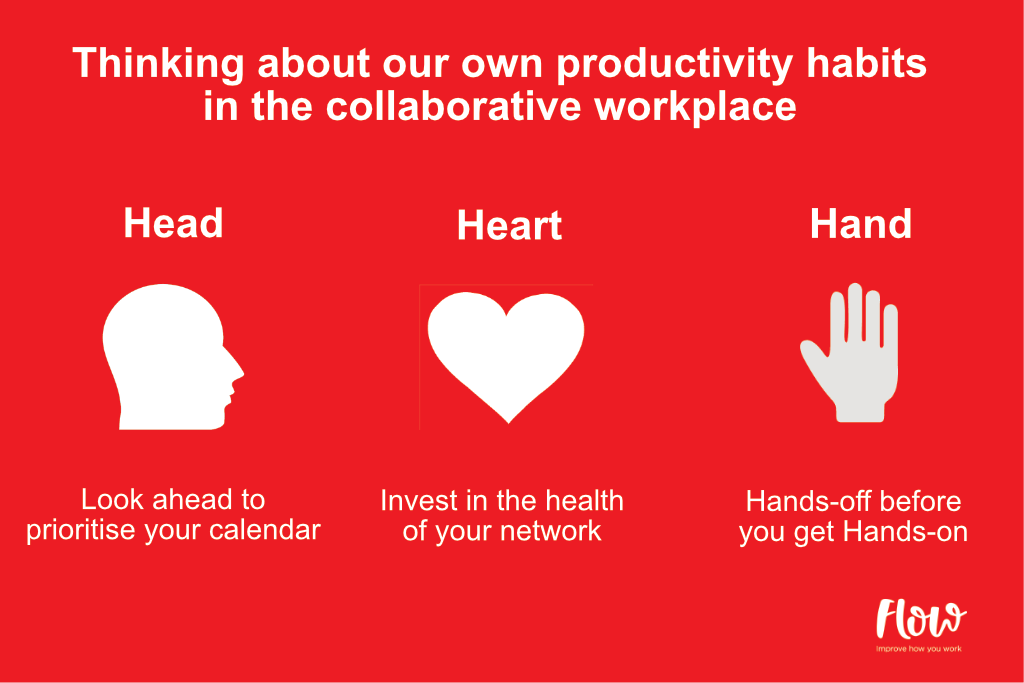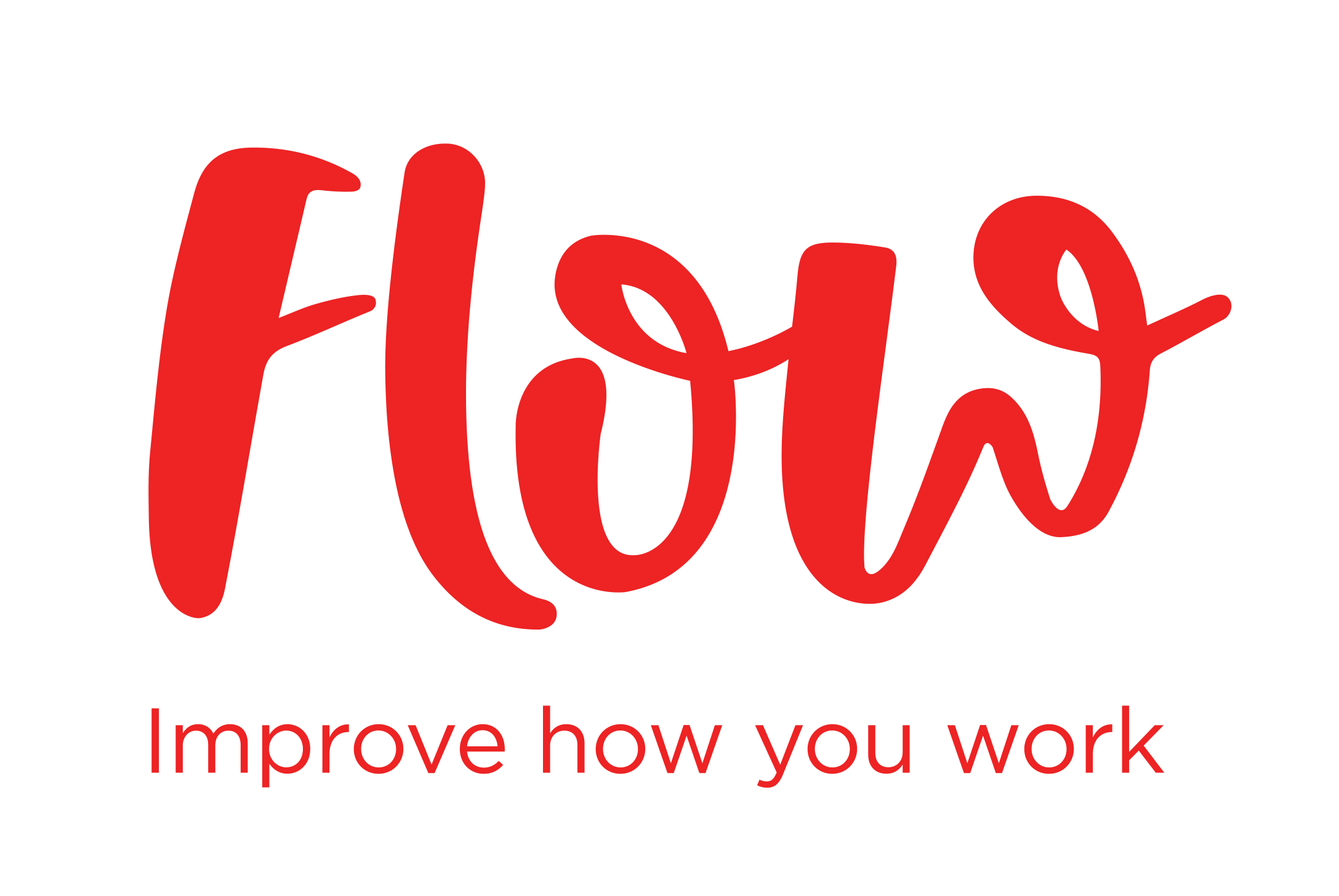In the final part of a three-part series, Getting collaboration right, Andy Greene of Flow shares three tips on surfing the waves of collaborative requests and not being pulled under by their force.
The way that we collaborate has always been changing. It was the Industrial Revolution that saw the emergence of large-scale factories and businesses, requiring new specialised roles. Then came multi-divisional structures and global ambitions that further fueled company size and complexity.
Company communication: A brief history
Email fundamentally changed intra-company communication in the mid 1990s before Yammer in 2008 brought social networking to business. A former Cisco WebEx employee left to start the video-conferencing platform Zoom in 2012, and a year later Slack pioneered a new generation of collaboration tools. Following the pandemic, Microsoft credited its impact to dramatically speeding the adoption of its Teams platform as we moved to remote working.
While the collaborative workplace had been changing steadily throughout the 20th Century, the reason for sharing this brief history lesson is to bring into sharp focus just how seismic the changes to work have been in the last 15 years or so. Today, in global companies where you can contact any colleague in an instant, the flow of collaborative inputs and requests is constant, with many tasks demanding simultaneous attention. We can constantly feel like we have too little time to get things done.
Workload versus workflow
The issue isn’t just our inability to manage our workload. What’s different today is workflow; technology has created completely different flows of work that most people have never been trained to manage.
Workflows define how we initiate and prioritise work, assign it to people, coordinate and communicate about it and review it. When workload and workflow isn’t given enough consideration, we find ourselves in fire-fighting mode.
To take back control, use the practice of Head Heart Hand:
1. Head: Look ahead to prioritise your calendar
“If you don’t have time, you don’t have priorities” – Tim Ferriss. A problem of collaborative working cultures, where there are infinite things you could be getting involved in, is that we give ourselves too much to do. The antidote:
- Honestly assess how manageable your workload actually is by auditing collaborative requests against your capacity.
- Because of the planning fallacy and the observation that work expands to fill the time available, consider bringing your tasks into your calendar view to see whether you have sufficient focus blocks every week to move forward with strategic work and how best to batch together routine work around these blocks. This technique of timeboxing can bring clarity to what you’re trying to achieve and by when.
- Look beyond the immediate week. When can you anticipate certain collaborative requests will land? What does that mean for what you try to do sooner?
- Aggressively filter requests against your team goals and personal priorities
As best you can, you need to get ahead of crunch times by forward planning and combining this with committing to daily planning.
2. Heart: Invest in the health of your network
We know what the typical prize is for winning the pie-eating contest. That’s right, more pie. ‘If you want something done, ask a busy person’ as the saying goes. But collaborative superstars have learnt an important lesson. They have invested in building a really strong support team, an operational network of key relationships with colleagues outside of their immediate team. In practice, this requires:
- Ringfencing time every week to expand and nurture your network by discussing mutual priorities/interest (no-one tends to have time just for chit-chat)
- Learning about your colleagues’ expertise and passions and what type of work interests them most
This bonding typically also has the benefit of enhancing cross-team collaboration
Rather than accepting to do the work yourself on a collaborative request when it comes in, or declining it, your investment will have identified who might be better placed to take it on. Over time, you’re building your capacity to help steward workflow rather than the effort all being on your shoulders.
3. Hand: Hands-off before you get hands-on
The concept of Hands-off vs. hands-on work comes from Dan Charnas in Work Clean.
Hands-off work: The collaborative tasks that others are depending upon your input for. A colleague may be waiting for you to provide some feedback. Until you provide it, the team is blocked, they can’t move forward.
Hands-on work: The deep focus time you need to carve out to push a project forward with critical thinking. Without your considered attention, this strategic work becomes overtaken by routine or urgent work.
Charnas explains that the key is to prioritise the hands-off work as quickly as you can to keep collaborative workflows moving. A good collaborative citizen timeboxes hands-off work before they get hands-on.
In summary – focus on your personal collaboration fitness
Given that almost everything we do at work is a collaboration with others, taking an objective look at our own productivity habits is an essential part of being an effective and reliable team player in the workplace.
‘Head Heart Hand’ acts as a simple reminder of what good collaboration fitness looks like.
- ‘Head’ protects against collaboration bloat
- ‘Heart’ builds your capacity to deliver
- ‘Hand’ helps you to keep everything flowing

This is the final part of a three part series on Getting Collaboration Right. Part one focuses on better collaboration across your company and part two on better collaboration within teams.







